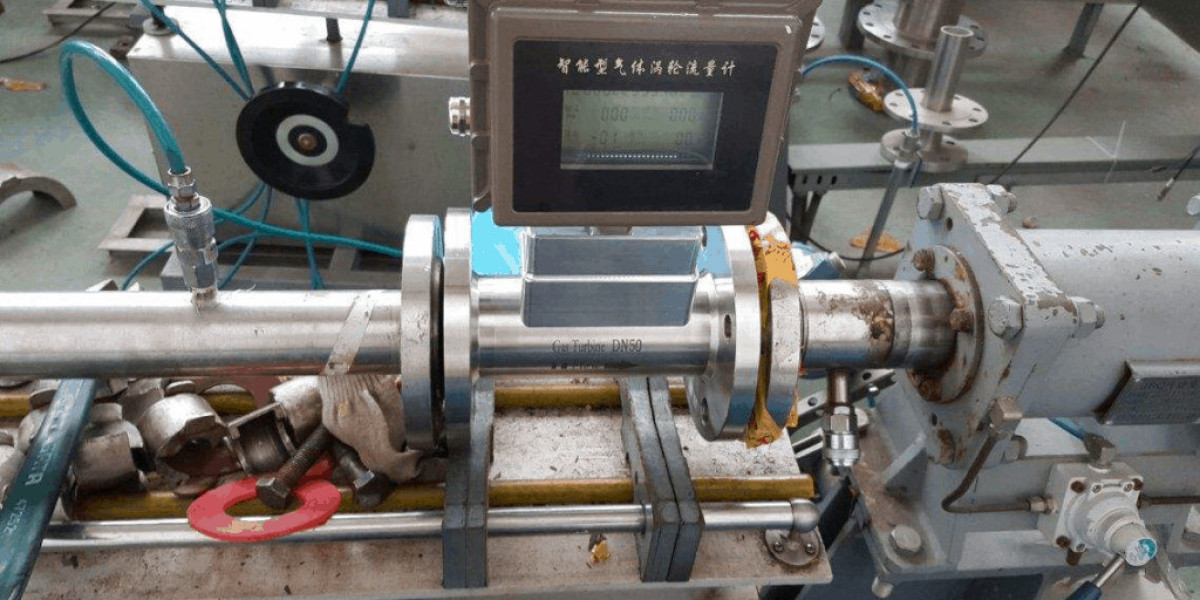Review Flow Properties
Prior to selection, carefully analyze the fluid properties including viscosity, density, temperature range and pressure. Consult application notes to ensure meter can operate within these specifications. Conduct pilot tests if needed to validate performance.For example, the mature Sino-Inst turbine flowmeter is a mature flowmeter product that has passed rigorous testing.
Consider Pipe Configuration
- Straight pipe runs upstream and downstream per meter length guidelines are essential for developing fully turbulent flow
- Avoid elbows, valves or obstructions near meter which cause swirling
Select Optimal Orientation
Horizontal installation is preferred for gas and light liquid applications. Vertical installation works best for dense, high viscosity or multi-phase fluids to prevent settling.
Impeller Selection
Different impeller designs optimize accuracy for varying flow profiles:
- Closed/shrouded for clean, single-phase liquids
- Open/unshrouded better handles entrained gas, solids or mixed flows
Avoid Operating Issues
- Ensure continuous full pipe flow to maintain uniform velocity across
- Two-phase, cavitating or mixed phase flows compromise accuracy
- Excessively high/low velocities lead to premature wear
Sure, pipe configuration is extremely important for turbine flow meters to operate accurately based on their working principle. Here are some more details:
The key aspect of a turbine flow meter's working principle is that it measures flow velocity. For it to provide a true representation of volumetric flow, the velocity must be uniform across the entire pipe cross-section.
fluid turbulence is required to evenly distribute velocity. Obstructions like elbows, valve handles, and other components cause fluid swirls and uneven flow profiles downstream. This compromises the turbine meter's ability to accurately measure representative flow.
Ideally, straight pipe runs of 5-10x the pipe diameter upstream and 2-5x downstream are recommended. This allows any swirls to dissipate into fully developed laminar flow. Without sufficient straight sections, reported flow rates may read high or low.
Even minor components like pressures taps can disrupt flow if too close to the meter. Properly spaced entrance and exit lengths are crucial for turbine meters to perform as calibrated in Sino-Inst's testing lab.
Paying close attention to pipe configuration eliminates one of the biggest potential sources of measurement error. It ensures the fluid enters and exits the meter with an ideal stable velocity, letting the rotational sensing principle provide precise flow data. This leads to optimized process operations down the line.
With proper planning based on a fluid’s properties and turbine flow meter working principle, this robust technology delivers highly accurate flow measurements even in demanding process conditions. Contact Sino-Inst to discuss a customized solution for your application!








